Workers at AA Tay Ninh factory, Trang Bang town, Tay Ninh province - Photo: QUANG DINH
Experts also warn of the consequences of capital not being allocated in the right direction, if flowing into speculative channels such as real estate, stocks, and gold, it will create asset bubbles and spread to production costs, thereby pushing inflation up.
By simultaneously combining the two pillars of sectoral supervision and cash flow control, the State Bank will proactively prevent capital from flowing into risky sectors, thereby minimizing bad debt and supporting macroeconomic stability.
Mr. Le Hoai An (CFA, banking and finance expert)
Bank credit is affected
Vietnam Report data shows that the total bad debt of the entire system at the end of the first quarter of 2025 exceeded VND 300,000 billion, an increase of 16.8% over the same period in 2024 and an increase of 13.4% over the beginning of the year.
Notably, group 5 debt (with the possibility of losing capital) has increased sharply, accounting for 1.25% of total outstanding loans - equivalent to more than VND 176,000 billion, exceeding the total bad debt of the entire system by the end of 2022.
Mr. Phan Duy Hung, CFA - senior analysis director at VIS Rating - said that some state-owned and mid-sized banks had their credit ratings downgraded in the first quarter due to rapidly increasing bad debts.
The main reasons come from speculative real estate loans and businesses lacking cash flow. This reduces the return on average assets (ROAA) and erodes risk buffers.
Although some large banks have maintained stability by tightening lending to weak customer groups, the entire industry is under pressure on liquidity as credit growth far exceeds capital mobilization speed.
Ms. Tran Thi Khanh Hien - Director of MBS Research - commented that asset quality has not improved significantly. Bad debt and group 2 debt (overdue 10-90 days) are increasing again, causing provisioning costs in the second quarter to increase by about 10% compared to the same period last year.
Sharing the same view, Mr. Le Van Thanh - advisor at WiGroup - warned that group 2 debt could continue to increase if the economic recovery is not strong enough. "Enterprises with weak financial foundations will be under greater pressure to repay debt in the coming time," he said.
The risk of cheap capital going into the wrong place
Mr. Le Hoai An - CFA, banking and finance expert, founder of Financial Solutions Joint Stock Company - pointed out the risks if cheap capital flows into speculative channels such as real estate, stocks, and gold. "This situation can create an asset bubble, which then spreads to production prices and living costs, pushing inflation up," Mr. An commented.
Combined with the trend of increasing global raw material prices in the context of complex geopolitical tensions, if there is no tight credit orientation for production and business, inflation may exceed the target, affecting people and businesses, Mr. An added.
Regarding inflation, experts assess that it has not had a big impact on this target, and this year the Government has also determined a higher level than last year. The average CPI in the first 5 months of the year reached 3.21%, still lower than the target of controlling inflation below 4.5%. However, he also noted the possibility that the CPI could be pushed up at the end of the year, when the lag of monetary policy begins to have a more obvious impact.
It is important to direct capital flows into high value-added sectors such as processing and manufacturing, supporting industries and exports.
"When credit sources are focused on the production chain, the output value of the economy is increased, while minimizing the situation of excessive capital injection into speculative channels, limiting pressure on prices of non-essential goods," Mr. An analyzed.
Businesses still complain about difficulty in accessing cheap capital when banks require collateral - Photo: Q.DINH
Set warning thresholds for each field?
According to experts, to tightly control cash flow, the State Bank needs to require all credit institutions to periodically report detailed credit structures according to 10-12 key sectors such as agriculture, processing industry, real estate, securities, export, supporting industry, etc.
Every quarter, banks will have to submit data on outstanding loans, credit growth and bad debt ratios for each industry.
Based on this data, the State Bank will set "warning thresholds" for each sector. For example, if real estate credit exceeds 20% of total outstanding loans or securities lending exceeds 5%, the bank will have to apply a higher risk coefficient and set aside more provisions.
When the threshold is exceeded, the State Bank will work directly with the bank's management to review the loan portfolio and may apply a new credit limit until the situation returns to a safe level.
At the same time, the State Bank is also recommended to coordinate with the State Securities Commission and the Ministry of Construction to share data, avoiding overlapping or missing supervision.
Second, control the disbursement cash flow to the end. Regarding this issue, Mr. Le Hoai An said that to ensure that loans are used for the right purposes, the State Bank needs to require banks to deploy an end-to-end control chain for each pillar.
First, the loan application must be transparent and complete. To do so, each loan must come with a clear commitment on the purpose of capital use, a specific business plan, a 6-12 month cash flow forecast, and appropriate collateral.
Second, to have a method of monitoring actual transactions, the State Bank should encourage banks to connect the Core Banking system with the enterprise's accounting software to monitor cash flow.
Disbursed loans cannot be transferred to accounts other than the registered ones. Banks must report detailed cash flows to and from each partner monthly.
Finally, the State Bank coordinates with the State inspection and audit agency to conduct annual inspections and can conduct surprise inspections if signs of risk are detected. In case of detecting misuse of capital, the bank will be administratively sanctioned and forced to recover the capital.
Businesses still find it difficult to access cheap capital.
Ms. Tran Thi Khanh Hien said that the economy still depends on bank credit, while mobilization through bonds and stocks has not met expectations.
In fact, banks still mainly lend based on traditional collateral (real estate, fixed assets), making it difficult for many businesses to access capital due to a lack of collateral.
Meanwhile, bonds are more flexible and may not require collateral in some cases, making it easier for businesses to mobilize medium- and long-term capital. This channel needs to be promoted to reduce the burden on banks, according to Ms. Hien.
According to Mr. Le Van Thanh, short-term credit is like a recovery medicine, but in the long term, if the economy borrows too much like a business borrows too much, the cost of debt repayment will erode investment resources, reducing the capacity to accumulate and reinvest.
"For example, if the economy generates 10 dong but has to spend 3-4 dong to pay off debt, there will be a shortage for new investment. This not only increases production costs and reduces competitiveness, but also leads to the risk of macroeconomic imbalance. When the loan utilization ratio is too high, banks will become cautious, negatively affecting businesses," Mr. Thanh analyzed.
BINH KHANH
Source: https://tuoitre.vn/hon-1-trieu-ti-dong-duoc-bom-ra-nen-kinh-te-ky-2-can-siet-van-dung-cho-20250627081602743.htm



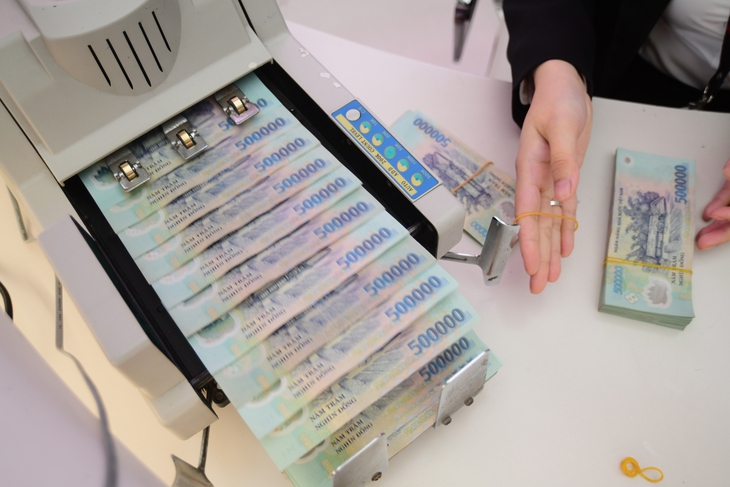




![[Photo] Binh Trieu 1 Bridge has been completed, raised by 1.1m, and will open to traffic at the end of November.](https://vphoto.vietnam.vn/thumb/1200x675/vietnam/resource/IMAGE/2025/10/2/a6549e2a3b5848a1ba76a1ded6141fae)

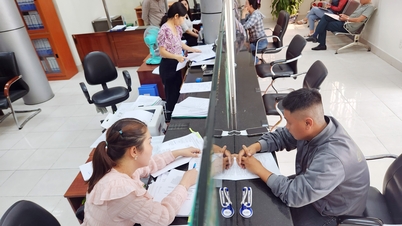

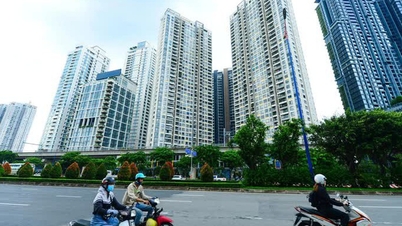
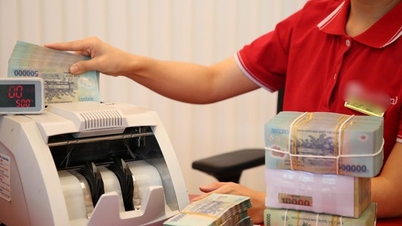











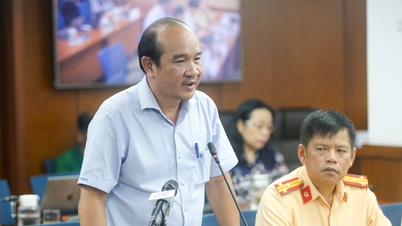
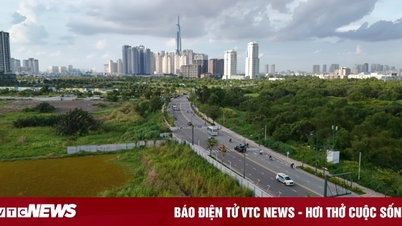

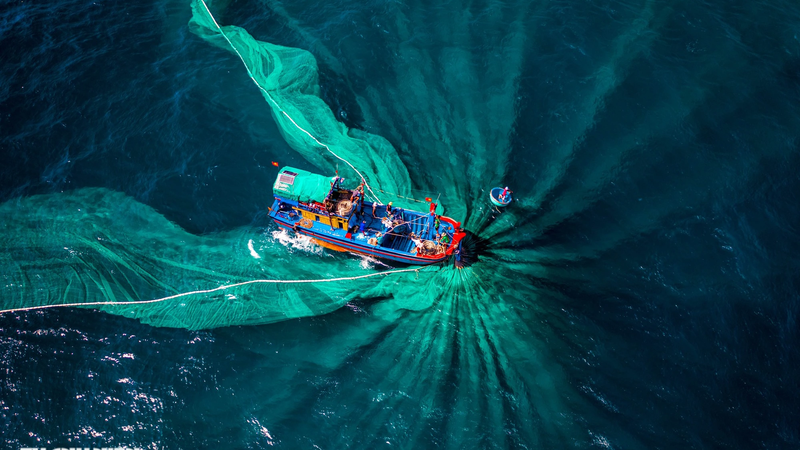






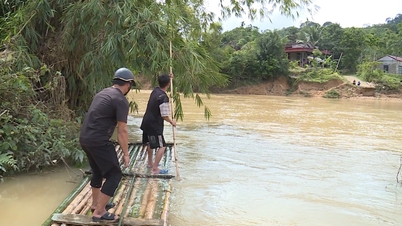




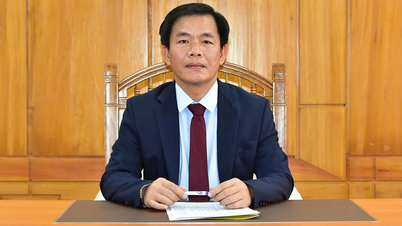
















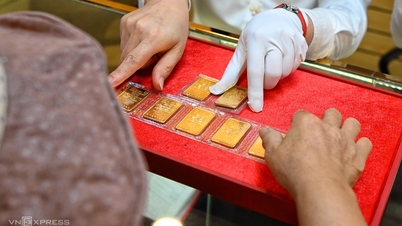






















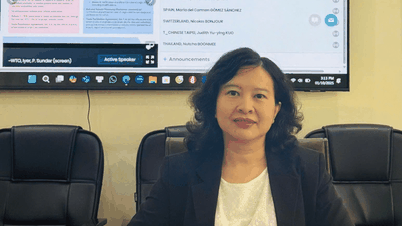

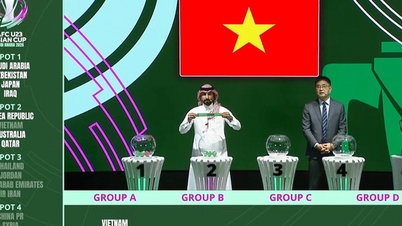

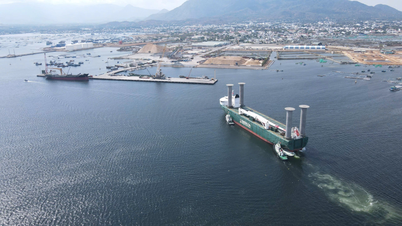




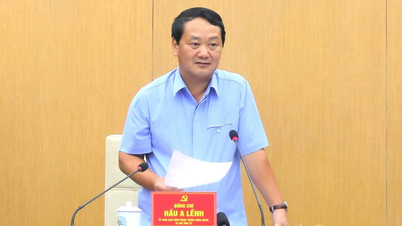
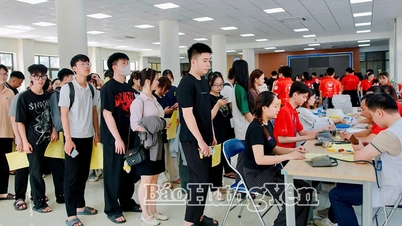














Comment (0)